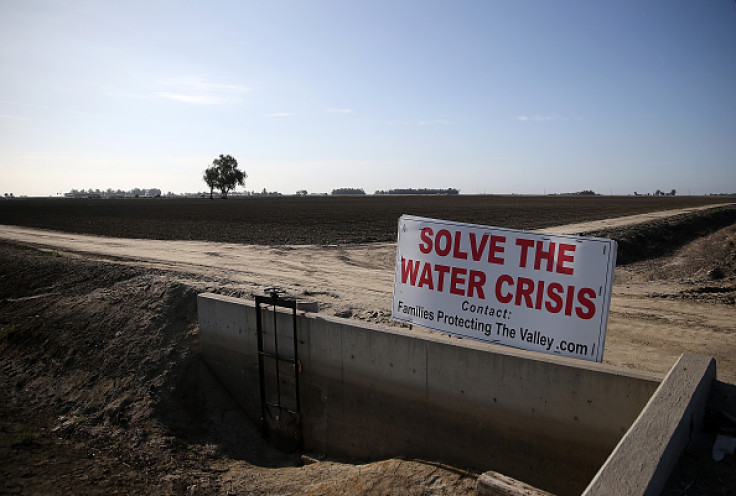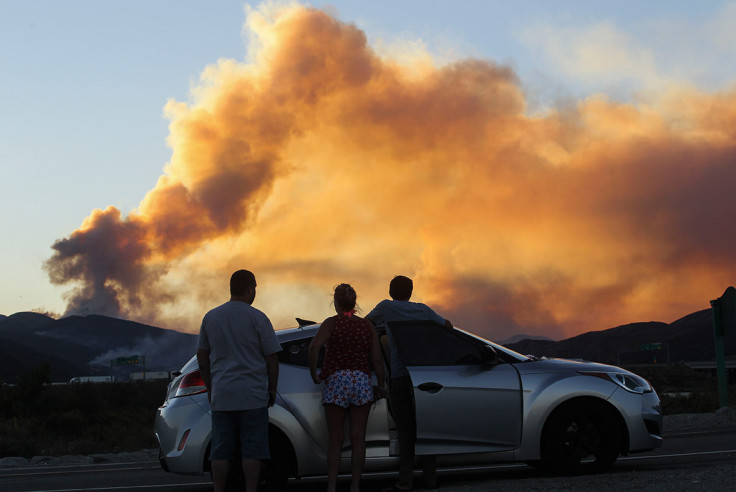California's devastating drought could last for hundreds of years
Scientists studying climate history warn aridity could persist for years in the US state.
California is currently experiencing its fifth consecutive year of severe droughts, and scientists suggest the end is not in sight just yet. Studying the state's historic and prehistoric climate, they have indicated that if past patterns were to be repeated, aridity could become the "new normal" for centuries to come.
In California, the 21<sup>st century has been characterised by a dry climate, which has become more extreme since 2012. Devastating wildfires have become the norm. In 2014, the state's governor announced a Drought State of Emergency. It is not clear for how long the drought will persist, but the situation has prompted questions about how climate change is influencing California's hydro-climatic sensitivity and how the area will fare in the future.
Investigating this issue, scientists from UCLA have analysed lake sediment record from the Holocene era, as well as marine sediment records from the Pacific.
This has allowed them to assess how natural climatic forces contributed to centuries-long and even millennia-long periods of dryness in California in the past 10,000 years — and whether the current pattern of aridity was similarly likely to remain unchanged for many years to come.
Looking at the past to explain the future

In their study published in Scientific Reports, the scientists collected sediment core from the bottom of Kirman Lake in northern California. They analysed these samples, cross-referencing them with findings from previous research about Californian climate history and the Pacific Ocean's temperature records.
The scientists discovered evidence of a persistent link between past climate warming, changes in Pacific sea surface temperature and century-long episodes of drought in California. In particular they identified two periods of historic droughts that lasted hundreds of years in the region. One occurred from 6,000 to 1,000 B.C., during the mid-Holocene, while the second, in medieval times, was shorter and lasted from 950 to 1250.
Different factors such as sun spots, a slightly different earth orbit, and a decrease in volcanic activity contributed to past climate warming of the region. Recently, the increase of greenhouse gases in the atmosphere has been added to the mix, and it is currently the major factor increasing the risk of aridity persisting in the region.
The role of El Niño and La Niña — climatic events responsible for shifts in oceanic warming — have also been pointed out as having influenced periods of drought in California and reduced precipitations that might today continue to delay the return to a wetter climate.

This study emphasises that periods of drought can last for centuries or even millennia if increased warming persists. Since greenhouse gases are unlikely to be reduced quickly, it is likely that the conditions for aridity will remain intact in California. The long-term consequences could be very serious.
"In a century or so, we might see a retreat of forest lands, and an expansion of sagebrush, grasslands and deserts. We would expect temperatures to get higher, and rainfall and snowfall would decrease. Fire activity could increase, and lakes would get shallower, with some becoming marshy or drying up," Glen MacDonald, the lead author of the study, concluded.
© Copyright IBTimes 2024. All rights reserved.






